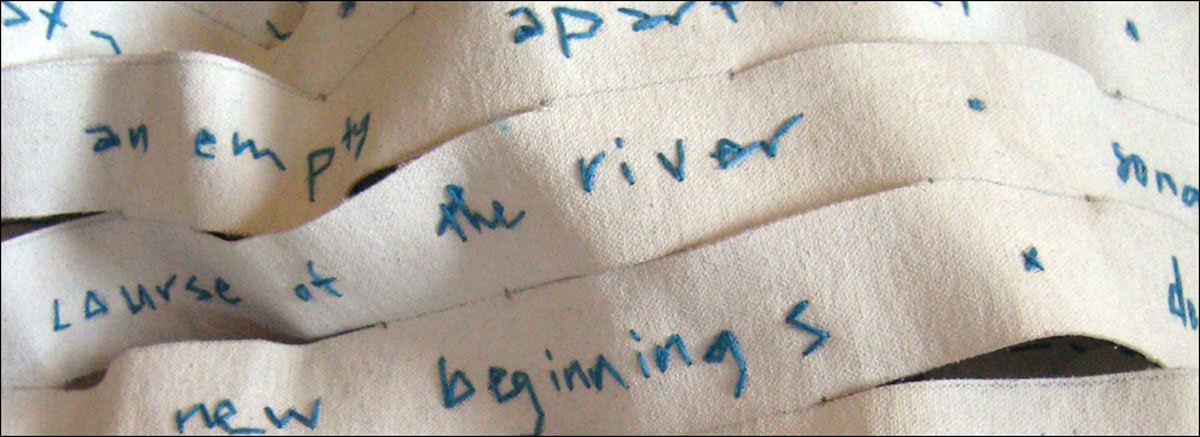There is, we concluded, a crisis of intimacy. Not just an intimacy breech, she said, but a crisis of intimacy. This is as relevant in the personal as it is in the political.
This is how it is.
I had a conversation with an intimate recently wherein they were baffled how our personal conflict became became a conflict of politics... but how could it be otherwise? The intimate is political. The political is intimate. There is no deep feminism that does not embody both. Culturally, we seem to have not yet learned this; we have not yet figured out how to inhabit it, how to breathe within it.
Those of us trying to span the gap are suffering its loneliness.
This statement is equal parts personal and political.
When did we extricate the two from each other? When did the abstraction, the academizing make us lose sight of the fact that these are the stories of one or a million female bodies, their rights to themselves, their lives... ourselves, our lives? My face, my fat, my muscle and bone, my wrinkles, my biceps, my knees, my thighs and [the countless articles and online discussions about] the gap that does or does not belong between them, the cubic feet of space that my body inhabits, this belongs to me. Embracing ownership of it is a political act, and the politicizing of that body, my body, can be nothing but deeply personal.
Tina Fey said, in Bossypants, that the definition of crazy as it applies to show business, is "a woman who keeps talking even after no one wants to fuck her anymore."
We make ourselves smaller. We contain and hedge in our depths; we do not fully inhabit all of our space. We are the bridges slung low and heavy across the canyon. We hold tight to both sides, stretch ourselves taut. We remind ourselves and each other to be narrower and narrower; we should recede into the distance when viewed from either side. We string ourselves between worlds, between realities, for the aesthetics, for the poetics. Our ribs are the planks and we make ourselves ever smaller.
This is our crisis of intimacy.
Reproductive rights, women's suffrage, domestic violence, fair pay, rights to own land... these battlefields are only expansions of the struggles of individuals, the singular and particular life of any one woman, her body, her work, her marriage, her home, her grief, her joy.
The stories we tell in word and image, of power dynamics, of relationship, of microaggressions and transgressions, of grief and loss and joy, the stories and mythologies, the symbologies and metaphors that we build and weave together, these stories are political.
How and if we choose to share our stories is a political act. That fact is inescapable. Silence bellows as loud as what is spoken... or cried... or shouted.
The edges of this is something I have always intuited, as my own work weaves threads of intimacy and personal narrative within broader pictures of cultural place and meaning-making, but this new view, this deepening of my understanding of the mythology, this putting words to it—building narrative in community, it ignites a new spark of understanding, of curiosity, a new desire to parse it out, a new pull to allow myself to reach wider, grow deeper, set loose some of my containment.
It makes the wind of the canyon sound a little more like song.
It makes me feel just ever-so-slightly more brave.
-------------------------------------------------------------------------------------------------------
** I am not the kind of person who uses the term brilliant lightly. Seriously, you should check out her work. I'm pretty excited about this upcoming exhibition she curated for Hallie Ford Museum of Art at Willamette University:
For Myself: Nudes by Imogen Cunningham, 1906-1939

Imogen Cunningham (American, 1883-1976), Self-portrait, 1906, silver gelatin print, 18 x 14”, collection of the Hallie Ford Museum of Art, Willamette University, Salem, Ore. A gift of the Department of Art History at Willamette University in Honor of the Class of 2015, 2015.032.
